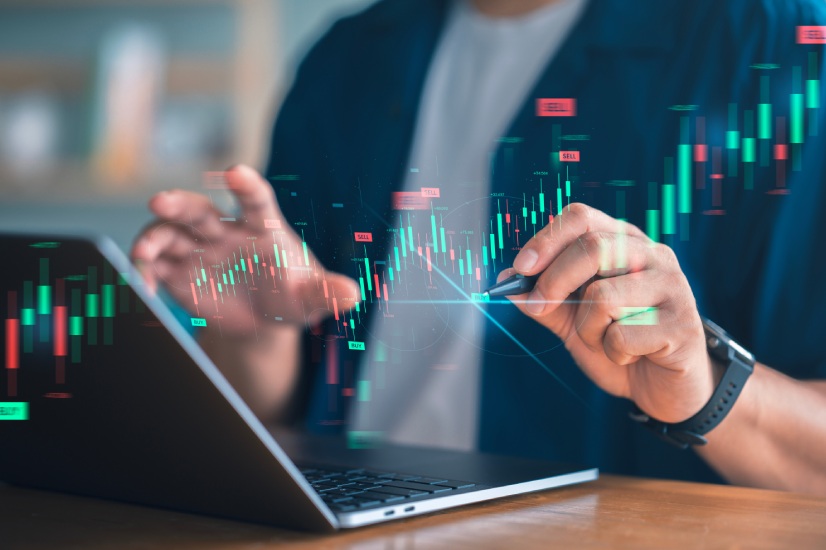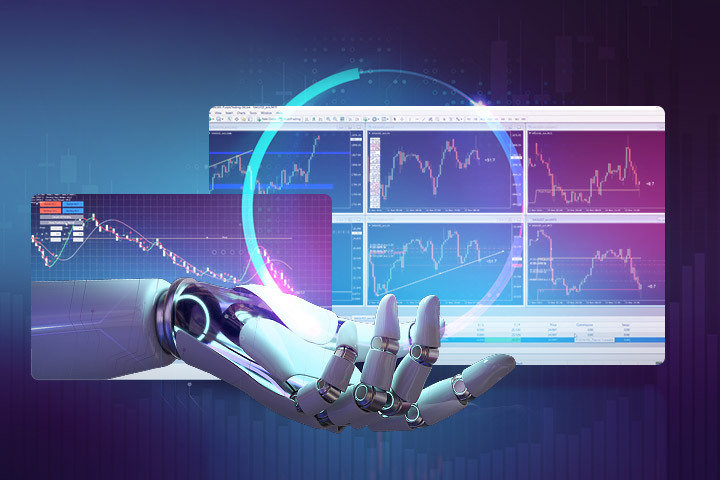In the fast-paced world of finance, where milliseconds can mean the difference between profit and loss, automated trading strategies have emerged as a beacon of innovation. These sophisticated algorithms, designed to analyze market data and execute trades at lightning speed, offer a competitive edge that many traders find irresistible.
Yet, amid the promises of wealth and efficiency, a crucial question looms: which strategies truly deliver results? From trend-following systems that capitalize on momentum shifts to mean-reversion tactics that thrive in volatile markets, the landscape of automated trading is as diverse as it is complex. As we delve into the intricacies of these methods, we will uncover not only the science behind their operation but also the merits and limitations that come with each approach.
Prepare to embark on a journey through the algorithms that are reshaping the trading landscape, illuminating which automated strategies have weathered the test of time and proven themselves worthy of your investment.
Introduction to Automated Trading

In the rapidly evolving landscape of financial markets, automated trading has emerged as a game-changer, capturing the interest of both novice investors and seasoned professionals. Using auto trading software, this innovative approach leverages algorithms and software to execute trades at speeds and frequencies far beyond human capability. Imagine a world where trades occur in milliseconds, guided by intricate mathematical models that analyze vast amounts of data to identify profitable opportunities.
With automation, the emotional rollercoaster of trading—fear, greed, and indecision—fades into the background, replaced by a cold, calculated execution of strategies. Yet, the sheer variety of automated trading strategies available today raises an important question: which ones actually deliver consistent results? As we delve into the myriad of options, from high-frequency trading to algorithmic approaches, we will uncover the secrets behind the most effective methods in this thrilling domain of finance.
Tools and Technologies for Automated Trading

In the rapidly evolving landscape of automated trading, the selection of tools and technologies can significantly influence a traders success. From sophisticated algorithmic software that can analyze vast datasets in real-time to robust trading platforms that execute orders with pinpoint precision, the options are abundant.
Programmers often leverage languages like Python or R for developing custom trading algorithms, while machine learning frameworks provide a means to adapt to changing market dynamics. Moreover, platforms such as MetaTrader and TradeStation offer user-friendly interfaces for both novice and experienced traders to deploy complex strategies without delving deeply into coding.
Yet, amidst these myriad choices, its imperative to choose tools that not only fit ones trading style but also integrate seamlessly, ensuring a smooth, efficient, and responsive trading experience. Each tool comes with its own set of features and capabilities, demanding careful consideration to align technological resources with strategic goals.
Future Trends in Automated Trading

As the landscape of automated trading continues to evolve, several key trends are emerging that could reshape the future of this dynamic field. First, the integration of more advanced machine learning algorithms is becoming increasingly prevalent, allowing traders to analyze vast amounts of data at lightning speed, thereby enhancing predictive accuracy.
Simultaneously, the rise of alternative data sources—such as social media sentiment, satellite imagery, and blockchain transaction data—promises to enrich the decision-making process, enabling algorithms to respond more agilely to real-time market changes. Furthermore, with the growing emphasis on regulatory compliance and risk management, automated trading systems are likely to incorporate more robust safeguards and transparency features.
As retail participation surges alongside institutional investments, we may also see increased customization options, empowering individual traders to tailor strategies that align closely with their risk appetites. Embracing these innovations will be crucial for traders seeking a competitive edge in an ever-volatile market.
Conclusion

In conclusion, the landscape of automated trading strategies offers a diverse array of options for traders seeking to enhance their market performance. By understanding the strengths and weaknesses of different approaches, such as trend following, mean reversion, and statistical arbitrage, traders can make informed decisions about which strategies align best with their investment goals.
It is essential to combine these strategies with robust risk management techniques and continuous performance evaluation. Utilizing auto trading software can further streamline this process, allowing traders to execute their strategies with precision and efficiency.
Ultimately, success in automated trading hinges not only on the choice of strategy but also on ongoing adaptation and refinement in response to market dynamics.


